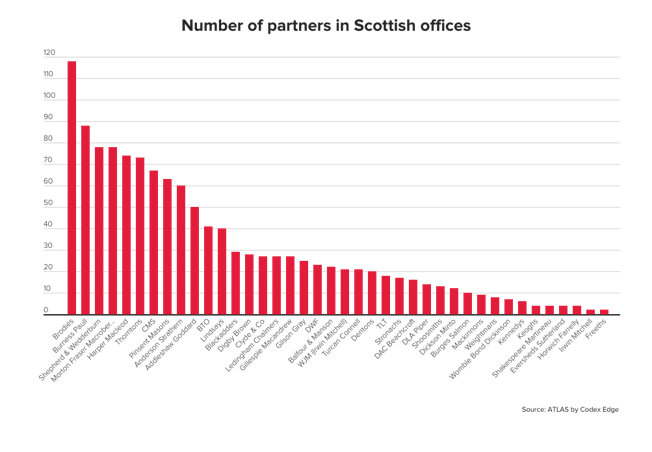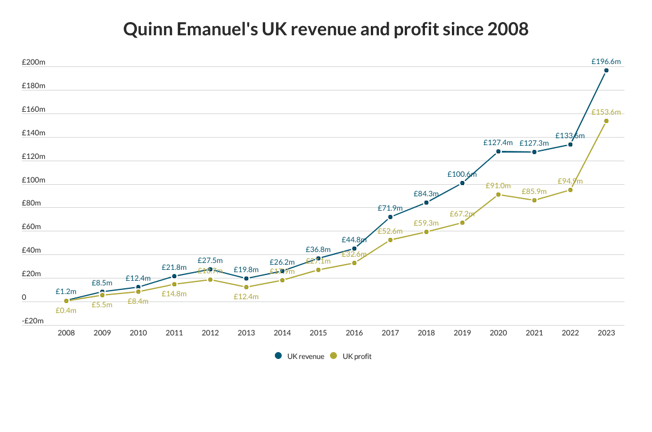Given the virtually untested legislative framework surrounding limited-liability partnerships (LLP), guiding LLP clients through a dispute involving an exiting member where there is no members’ agreement can be perilous.
A recent High Court case has highlighted the difficulties that members and their solicitors face when dealing with exit issues.
In Hailes v Hood (2007), the High Court was asked to construe the meaning of a settlement agreement arising in correspondence between solicitors acting for and against an exiting member where no members’ agreement existed. The case turned largely on its facts, but, nonetheless, gave some useful guidance as to the effect of the LLP default rules under the Limited Liability Partnerships Regulations 2001 and the application to an LLP of Sections 459-461 of the Companies Act 1985, which were recently restated under Part 30 of the Companies Act 2006.
The background
The four individuals involved in the dispute – the claimant Hailes and the three defendants – ran an equity broking business through an LLP. There was no members’ agreement – accordingly, Section 459 applied.
Less than a year after the LLP had commenced trading, Hailes left the partnership. He subsequently argued in the High Court that he was unlawfully expelled from the LLP, while the defendants argued that he had resigned.
There was an exit meeting followed by an exchange of correspondence between the parties’ solicitors, resulting in what both sides agreed was a concluded settlement agreement contained in two solicitors’ letters. The settlement agreement purported to define the basis on which the claimant’s share in the LLP was to be calculated. Despite this, the parties could not subsequently agree what basis of calculation the settlement agreement provided for.
The common ground between the parties was that Hailes would receive his share of the LLP on the basis of a proper valuation of the share at a specified date. Hailes argued that on a true construction of the settlement agreement, his share of the LLP was to be valued like an equivalent interest in a private limited company, as though under Section 459, thus comprising a proportionate share of the full net asset value of the LLP, including the value of any goodwill.
The defendants argued that Hailes’ share should be valued in accordance with Regulation 7(1) of the LLP regulations. They contended that such a share would comprise a quarter share of trading profits and a quarter share of subscribed capital, as opposed to capital at full valuation at the agreed date. In effect, they argued that a share pursuant to the LLP regulations excluded any goodwill or capital profits.
The court, placing considerable reliance on textbook Law of Limited Liability Partnerships by John Whittaker and John Machel, noted that the Limited Liability Partnerships Act 2002 and the LLP regulations proceed on the basis that a member of an LLP has a share or interest in the LLP, but also that they give no explicit guidance as to what a share or interest comprises. In effect, neither the act nor the regulations set out the financial consequences of a cessation of membership.
The court noted that where a member exercises their undoubted right to cease to be a member, without first entering into express terms as to their financial entitlement on leaving, there appears not only to be no automatic right to share in any uplift in the value of assets over and above balance sheet value, but also no automatic right even to repayment of subscribed capital.
As background, the court considered at length the provisions of the act and the regulations, and a number of cases on Section 459 – namely O’Neill v Phillips (1999) and Re Bird Precision Bellows (1984), plus other cases which the parties had considered in the course of reaching their settlement agreement, being Re London School of Electronics (1986) and Profinance v Gladstone (2002).
Despite this, in Hailes the court found that on a true construction of the settlement agreement, the parties had agreed that the claimant’s share was to be calculated in the same manner as a share in a limited company falls to be calculated in a Section 459 case. That involves not just a share in profit up to the date of cessation of membership, but also a share in the true value of capital, and capital includes any goodwill.
The need for clarity
There can never be any guarantee that members will not one day fall out. Particularly against the background of an uncertain legislative framework, not having a members’ agreement (with clear provisions governing cessation of membership) increases the prospect of litigation and considerable financial losses for an exiting member.
In cases where there is no members’ agreement, or no clear provisions governing cessation of membership, solicitors acting for parties should be mindful of the following:
– An exiting member is likely to have no entitlement to return of capital or other financial settlement over and above a share of trading profits, unless such entitlement has been expressly agreed in advance, or unless a case of wrongful expulsion can be made.
– If it is the intention to limit the exiting member’s share to trading profits up to a specified date, plus subscribed capital (as opposed to a share of capital at full valuation, including goodwill and any other intangibles), then this should be explicitly stated.
– Also, consider carefully the effect of defining a member’s share by reference to Section 459 or any other statutory provision.
Peter Garry is a partner and Troy Wano is an associate at Cripps Harries Hall
























